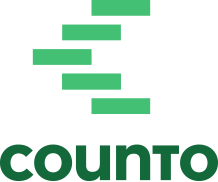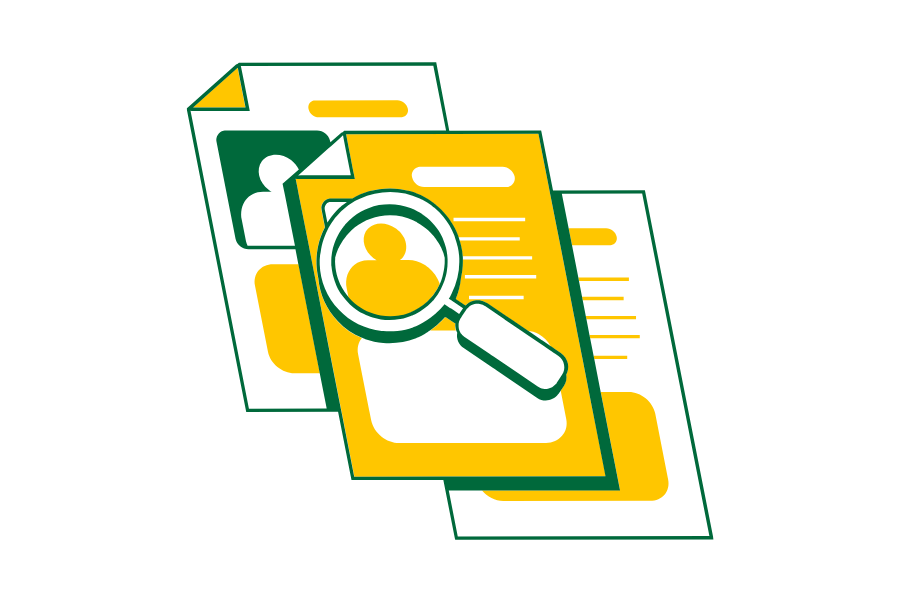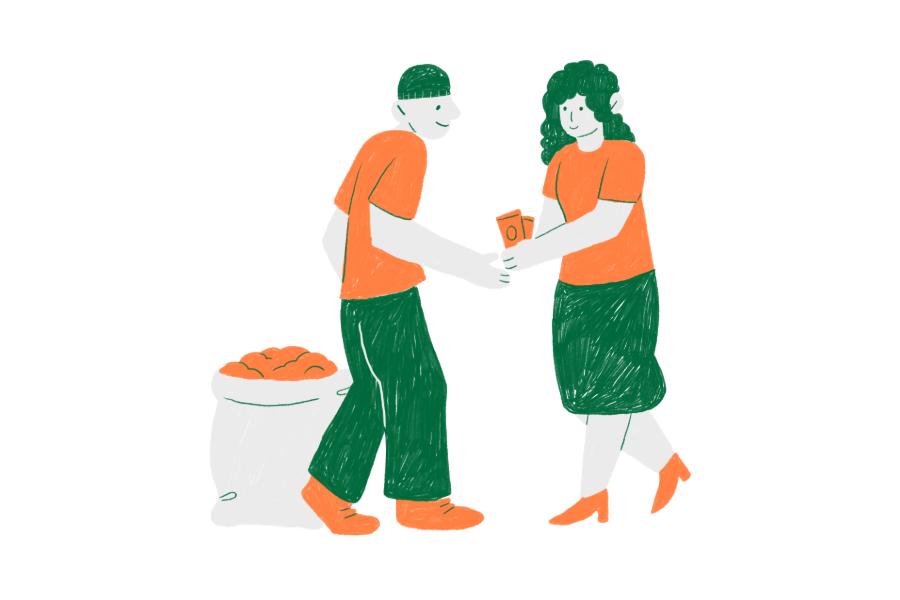How to Classify Your Food Product Correctly in Singapore Business
If you’re a Singapore small business dealing in food trade, it’s essential to understand how to classify food product in Singapore. Correct classification affects not only import permits and licensing but also ties directly to your internal processes like inventory control, tax filing, and documentation. These are areas that often connect with accounting services in Singapore, making classification an important step in ensuring your business stays compliant and efficient.
1. Why Product Classification Matters
Getting the classification right helps your business in multiple ways:
-
Accurate licensing and registrations
-
Correct import permits and documentation
-
Proper accounting and inventory tracking
-
Alignment with GST categories and reporting
-
Avoidance of shipment delays or regulatory issues
For businesses managing stock, applying for permits, and tracking costs and revenue, the product classification system links directly to accounting and operational compliance.
2. Food Product Groups in Singapore
The Singapore Food Agency (SFA) classifies food into specific groups, each tied to different licensing requirements and import conditions.
2.1 Meat and Meat Products
-
Whole animals or parts (fresh, chilled, frozen, processed, or canned)
-
Examples: fresh chicken, salami, bak kwa
-
Requires import licences and supporting health certificates
2.2 Fish and Fish Products
-
Includes marine, brackish, and freshwater seafood
-
Can be live, chilled, frozen, processed, or canned
-
Subject to food safety controls and approved sourcing
2.3 Fresh Fruits and Vegetables
-
Raw, unprocessed plant items (e.g., durian, ginseng)
-
Licensing required if imported
-
Once peeled, frozen, or canned → categorised as Processed Food
2.4 Shell Eggs and Processed Eggs
-
Includes fresh eggs and modified forms (salted, powdered, pasteurised)
-
Licensing and sourcing documentation may be needed
2.5 Processed Food
-
A wide group covering most commercial food items
-
Includes snacks, drinks, sauces, ready-to-eat meals
-
Usually requires product registration instead of licensing
2.6 Food Appliances and Utensils
-
While not food, items like blenders and storage containers used in preparation are classified due to food contact
-
These may fall under customs codes and require different treatment for import and accounting purposes
✅ Your books should work as fast as you do. Get real-time insights, automated reports, and expert guidance—all in one place. Experience live accounting here.
3. How to Classify Food Product in Singapore
Follow this step-by-step approach to classify your food product correctly:
-
Step 1: Identify its physical state – Raw, cooked, frozen, canned, or processed?
-
Step 2: Match it to a food group – Use the categories listed above
-
Step 3: Use the official SFA tool – The Food & Related Products Classification Tool helps you confirm the product category
-
Step 4: Locate the correct product code – This code is crucial for licensing, tax filing, and permit applications
-
Step 5: Understand the licensing implications – Determine if your item needs a trader’s licence or just product registration
-
Step 6: Prepare supporting documents – For many items, especially meat and fish, certificates of origin or health documents are required
These steps help ensure smooth operations, especially for businesses managing goods movement, cost of goods sold, inventory, and GST compliance.
4. Special Considerations
Some items may fall into special food categories that require extra care:
-
Infant formula and baby food – Additional controls and documentation
-
Health supplements or nutraceuticals – May be dual-regulated as food and medicinal products
-
Functional or fortified food – Items with health claims may require scientific proof and further classification steps
When in doubt, always refer to the SFA classification tool to avoid reclassification, fines, or import delays.
Summary
Properly classifying food products in Singapore is key for compliance, tax accuracy, and inventory control. For Singapore small businesses, the process links directly to accounting functions—from permit applications and licensing to GST categorisation and documentation. Using the SFA classification structure, product code list, and supporting tools ensures your business runs smoothly and stays aligned with Singapore’s strict food safety and trade regulations.
Your Next-Level Accounting Team: AI That Learns + Experts Who Care
Tired of Teaching Every New Accountant About Your Business? Traditional accounting services mean repeatedly explaining your business to new staff. Modern companies need systems that learn and remember—exactly what most accounting firms can’t deliver.
Counto’s intelligent accounting service adapts to your business. Our AI learns your specific patterns and transactions, then handles your daily bookkeeping automatically. Expert accountants review everything for accuracy, and your dedicated Customer Success Manager is always just a message or call away. No more repeated explanations, no more basic questions—just accounting that understands your business.
Join small businesses saving hours monthly on financial management with our outsourced accounting solution. Plus, with our AI handling the routine work, you’ll get better insights at a fraction of the cost of a full-time bookkeeper. Ready to upgrade your accounting? Chat with us now, email [email protected] or use our contact form.







